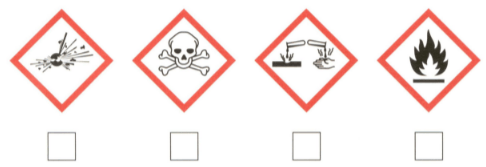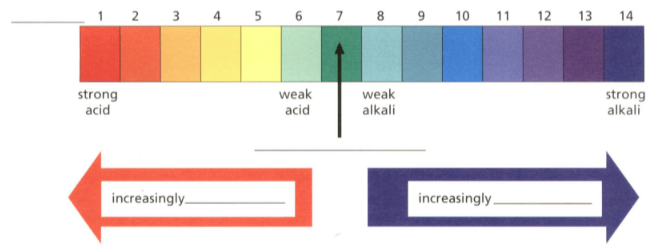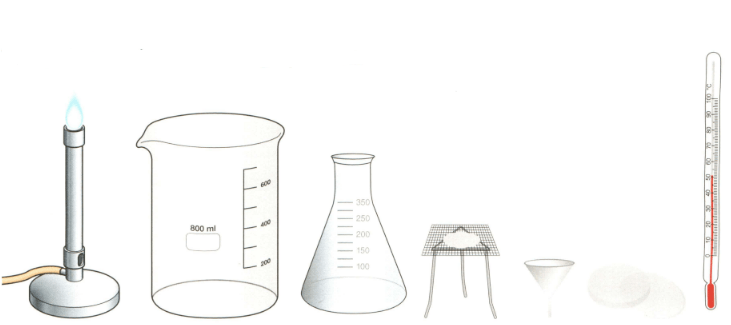Aidan Gill, Heidi Foxford and, Dorothy Warren Solutions for Chapter: Acids and Alkalis, Exercise 1: Exercise 1
Aidan Gill Science Solutions for Exercise - Aidan Gill, Heidi Foxford and, Dorothy Warren Solutions for Chapter: Acids and Alkalis, Exercise 1: Exercise 1
Attempt the free practice questions on Chapter 7: Acids and Alkalis, Exercise 1: Exercise 1 with hints and solutions to strengthen your understanding. Cambridge Lower Secondary Science Stage 7 : Workbook solutions are prepared by Experienced Embibe Experts.
Questions from Aidan Gill, Heidi Foxford and, Dorothy Warren Solutions for Chapter: Acids and Alkalis, Exercise 1: Exercise 1 with Hints & Solutions
Add ticks to the table to show whether a substance is acidic, alkaline, or neutral. The first row has been done for you.
| Acidic | Alkaline | Neutral | |
| Lemon juice | |||
| Toothpaste | |||
| Distilled water | |||
| Vinegar |
Which hazard symbol would you find on a bottle of hydrochloric acid?
Tick one box

Use words from the box to label the diagram of the scale.
| Neutral, acidic, alkaline, weak, strong, |

Mia and Lily want to make an indicator from red cabbage plant using the following method.
Step 1: Extract the dye from the cabbage leaf by mixing it in water and heating
Step 2: Separate the dye from the remaining unwanted cabbage
They gather together the following equipment:

State which pieces of equipment the girls need to use to carry out step 2.
Complete the table:
| Indicator | Acid colour | Alkali colour |
| Litmus | red | ____ |
| Phenolphthalein | ____ | pink |
Heather plants grow best in acidic soils but other plants such as clematis prefer alkali soils. Describe how you would decide which soil sample, A or B, was suitable for growing heathers.
Explain why universal indicator paper goes dark green when toothpaste is added but orange when lemon juice is added.
Explain why universal indicator is more useful than other indicators such as litmus or methyl orange.
